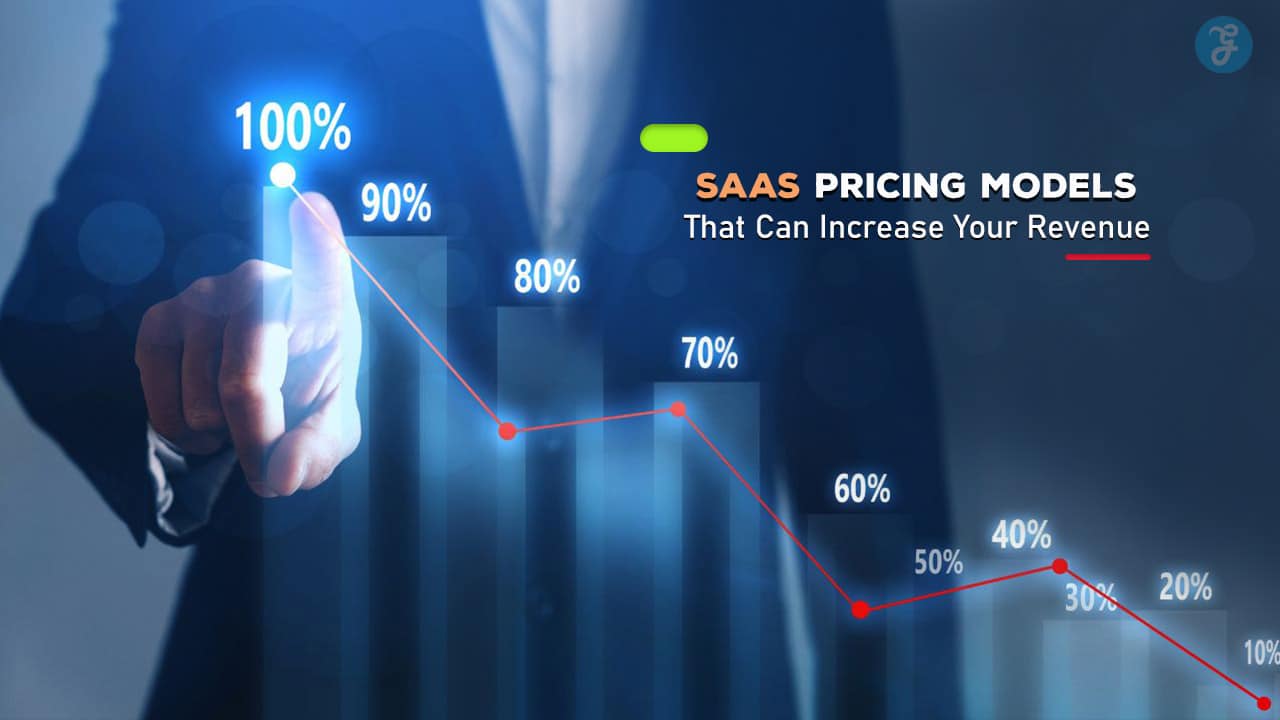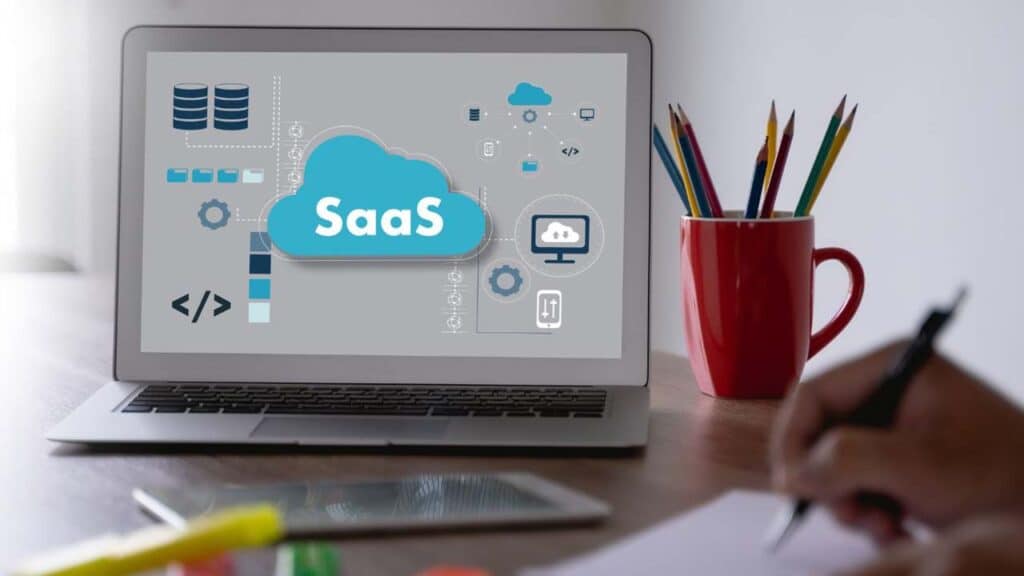Choosing the right pricing model is one of the most critical decisions for any Software as a Service (SaaS) business.
Your pricing strategy not only determines how much revenue you generate but also how you attract and retain customers.
The challenge lies in selecting a model that aligns with your product’s value, meets customer expectations, and helps you scale.
In this comprehensive guide, we’ll explore 10 SaaS pricing models that can boost your revenue and help you grow your business.
Each model comes with its own advantages, and understanding how they work will enable you to choose the best fit for your unique offering.
10 SaaS Pricing Models To Increase Your Revenue
Let’s get straight into it.
1. Flat-Rate Pricing
Flat-rate pricing is one of the simplest and most straightforward SaaS pricing models.
With this approach, customers pay a fixed price every month or year for access to a standardized set of features.
Regardless of how much or how little they use the service, every customer pays the same price.
Why It Works:
Simplicity and Transparency: Flat-rate pricing makes it easy for customers to understand what they’re getting for their money.
It offers simplicity, which is often attractive to both small businesses and startups looking for affordable solutions.
However, flat-rate pricing can limit growth if your product has a diverse range of users who would benefit from more customized pricing based on usage or features.
2. Tiered Pricing
Tiered pricing is one of the most popular SaaS pricing models because it offers flexibility.
In this model, you provide multiple packages, each with different features or levels of access.
Typically, each tier caters to a specific type of customer, ranging from entry-level users to premium enterprise clients.
Why It Works:
Tailored to Different Customer Segments: Tiered pricing allows you to cater to different market segments, offering more features and functionality to higher-paying customers.
It also gives lower-budget customers an entry point into your product while still providing opportunities for upselling to more premium tiers.
This model is effective at increasing customer lifetime value (CLV) and driving revenue growth as customers upgrade to higher tiers as their needs evolve.
3. Usage-Based Pricing (Pay-As-You-Go)
In the usage-based pricing model, also known as pay-as-you-go, customers are charged based on how much they use the service.
This model is popular among SaaS products that provide infrastructure, data storage, or API access, where customers’ usage can vary significantly.
Why It Works:
Aligns Cost with Value: Usage-based pricing aligns directly with the customer’s perceived value since they only pay for what they use.
It can attract small or new customers who don’t want to commit to a fixed fee, especially if their usage fluctuates.
For businesses, this model promotes scalability and can result in higher revenue as customers grow and increase their usage over time.
4. Per-User Pricing
Per-user pricing is another common SaaS model where customers are charged based on the number of users or seats they need.
This pricing model is widely used in tools such as CRM systems, project management platforms, and collaboration tools, where different team members need access to the software.
Why It Works:
Easy to Scale and Understand: Per-user pricing is simple for customers to understand, as they can calculate the cost based on their team size.
It’s also easy for companies to scale their revenue as customer organizations grow and add more users.
However, it’s important to ensure that the per-user price aligns with the value each user gains from the product, as customers may be hesitant to pay for additional seats if the incremental value isn’t clear.
5. Per-Feature Pricing
Per-feature pricing allows customers to choose the specific features they want to pay for.
In this model, basic features are offered at a lower price, while more advanced features come at a premium.
This pricing model is useful for SaaS products with a wide range of capabilities that appeal to different customer needs.
Why It Works:
Customization and Flexibility: Per-feature pricing offers customization, allowing customers to pay only for the functionality they need.
This flexibility can attract a wider range of customers, from small businesses to large enterprises.
It also provides opportunities for upselling, as customers can start with basic features and add more advanced ones as their needs grow, thereby increasing revenue over time.
6. Freemium Model
The freemium pricing model offers a basic version of your SaaS product for free while charging for access to premium features, additional services, or enhanced usage limits.
This model is particularly effective for attracting a large user base and generating leads for your paid offerings.
Why It Works:
Low Barrier to Entry, High Conversion Potential: The freemium model removes the initial financial commitment, making it easy for potential customers to try your product.
Once users see value in the free version, many are willing to upgrade to access more features.
This model works best for SaaS products that can demonstrate their value over time and have a clear differentiation between free and premium offerings.
7. Value-Based Pricing
Value-based pricing is a strategy where you set prices based on the perceived value your product provides to customers rather than on the cost of producing it.
This model requires a deep understanding of your target market, their pain points, and how much they’re willing to pay for the solution you offer.
Why It Works:
Maximizes Profit Based on Value Perception: Value-based pricing allows you to capture more revenue from customers who see significant value in your product.
By pricing based on the benefits and ROI your product provides, you can justify higher prices and increase profitability.
However, implementing this model requires strong market research and customer insights to accurately assess the perceived value.
8. Hybrid Pricing
Hybrid pricing combines elements from different pricing models, offering flexibility and customization to cater to a broad range of customer needs.
For instance, a hybrid pricing model might include a base monthly fee with additional charges for extra users, features, or usage.
Why It Works:
Customizable and Scalable: Hybrid pricing allows you to create a tailored pricing structure that meets the diverse needs of your customers.
It also provides multiple revenue streams by combining fixed and variable charges.
This model is particularly useful for SaaS businesses that offer a wide range of products or services and want to cater to various customer segments while maximizing revenue.
9. Per-Active User Pricing
In the per-active user pricing model, customers are charged based on the number of users who actively use the product within a certain time frame (e.g., monthly).
This model differs from traditional per-user pricing, where customers are billed for all users, regardless of how much they use the service.
Why It Works:
Encourages Adoption and Usage: Per-active user pricing can encourage higher adoption rates within organizations, as companies only pay for users who are actively engaging with the product.
This model helps reduce customer resistance to adding more users since they aren’t charged for inactive accounts.
It can also increase retention and revenue, as active users are more likely to see the value in the product and renew their subscriptions.
10. Enterprise Pricing
Enterprise pricing is a custom pricing model typically reserved for large organizations or high-value clients.
Instead of offering standard pricing packages, enterprise pricing is negotiated based on the client’s specific needs, usage, and the complexity of the service required.
Why It Works:
Tailored Solutions for High-Value Clients: Enterprise pricing allows you to offer tailored solutions to large customers, maximizing the value of each deal.
This model often includes dedicated support, advanced features, and custom integrations, which justify a higher price.
While this approach can lead to significant revenue, it requires a strong sales team to negotiate contracts and build long-term relationships with enterprise clients.
Conclusion
Choosing the right SaaS pricing model is crucial for maximizing revenue and ensuring your business’s success.
Whether you opt for simplicity with flat-rate pricing, scalability with usage-based pricing, or customization with tiered pricing, each model offers unique advantages that cater to different customer needs and business goals.
Understanding your target audience, their value perception, and the level of flexibility they require will help you select the best pricing model for your SaaS business.
As your product evolves, don’t be afraid to experiment with different pricing strategies to find the one that drives the most growth and profitability.
By implementing the right pricing strategy, you can increase customer acquisition, improve retention, and ultimately boost your bottom line.











































